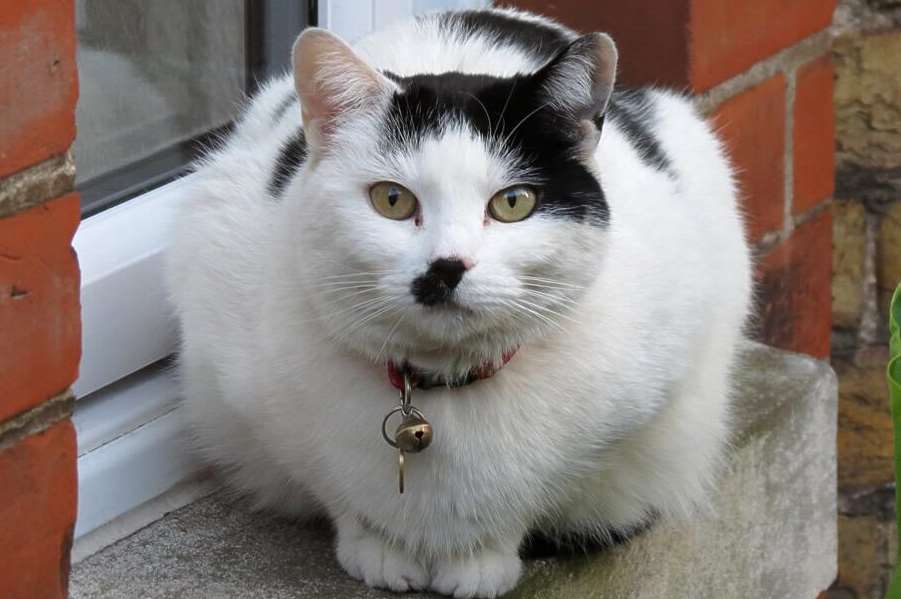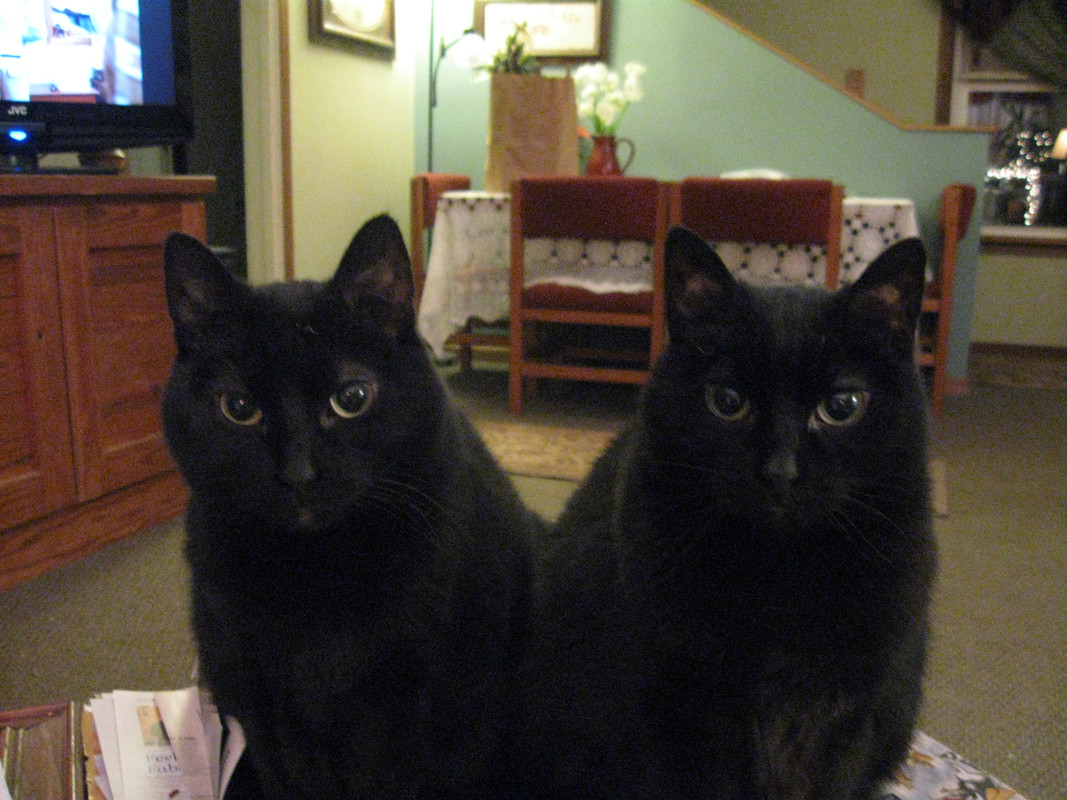
Posted on 09/17/2025 6:13:31 AM PDT by Diana in Wisconsin
You’ve probably heard of spooky black cats, chaotic orange cats, and distinguished-looking tuxedo cats. If you’re really into cats, you might have even lesser-known color variants like seal point and ticked tabby. But there’s officially a new cat color in town— salmiak, or ‘salty liquorice.’ You can see one here.
The pretty black, white, and grey shade—named for a popular snack food in Finland, where this coat color has been making itself known—is thanks to a fur strand that starts off black near the root, but grows whiter and whiter out towards the tip. The coat was first spotted in 2007, and in 2019, it was brought to the attention of a group of cat experts lead by feline geneticist Heidi Anderson. Since then, the group has been trying to figure out exactly what causes this shade to express itself, and recently, they finally figured it out. A paper on the discovery has been published in the journal Animal Genetics.
When you’re digging into cat colors—or expressions of genetic traits in general, honestly—you start with the obvious and work your way out. So, the researchers naturally started by assuming that this new variant was just a fun way for the white-making ‘dilution’ gene to make itself known.
See, technically speaking, cats only come in two colors—black and orange. Any other color is either a combination of those two colors, a faded version of one of those colors (which is caused by the dilution gene) or both. So, when experts started seeing salt-and-pepper kitties running around, the natural assumption was that these were an interesting new expression of the dilution gene coming into play. Add a little more white than usual to your standard black cat, and you get salty liquorice.
But after digging through all the known genetic variations that control the expression of that dilution gene in coat color, the team came up empty. So, they took the next step—sequencing the entire genome of two of these special felines and digging through the whole mess of genetic data to find what was causing these new coats to appear.
It turns out that the answer was in what wasn’t there. “There was a huge chunk of sequence missing downstream from the KIT gene,” Anderson told New Scientist, referencing a gene known to affect white patterns in the coats of animals. And these cats were just… missing a piece of DNA right nearby.
After testing 181 cats to make sure they knew what they were seeing, the team was able to confirm that the missing sequence was in fact responsible for the salmiak coat color. And the mutation was recessive—the cat would only express this color if it inherited the mutation from both parents, which explains why this coloration isn’t a common one.
Now that they’ve solved the mystery, the team is happy to sit back and admire their pretty kitties along with the rest of the world. “These coats have aroused a lot of admiration for years,” Anderson told New Scientist. “It’s really exciting that we now have some genetic explanation for it.”
But they’re not just putting their feet up. According to a blog post written by Anderson, the solving of this puzzle both “enriches our understanding of feline coat color genetics” and could be “valuable for breeding efforts, potentially contributing to the preservation of this trait in our feline companions.”
Hopefully, we’ll continue to see these fancy felines for years to come.
That’s pretty! I want one

Scientists cracked the genetic code of salty liquorice cats? My cat still thinks the vacuum is a demon.
I have noticed a similar genetic expression in many females, their roots are dark and then the color gets much lighter near the tips mostly in younger ones.
Conversely in many older females the roots are white, and the hair gets much darker near the tips.
I wonder if I can get a grant to study this strange phenomenon
We’ve gotten our last two cats from reputable breeders.
Wanna know why we won’t touch local shelters anymore?
Check out the applications they demand people fill out. Some of them even demand to know your income level.
I will never do that.
You’re too late. It’s caused the Clairol Phenomenon...........
What’s wrong with Kitlers?! 😾

Granted, this effect only appears under UV light, so in normal light their normal orange color would appear.
They start off by wanting to expand their backyard into the neighbors ... then the want to take over the whole neighborhood ...
They killed Dachshund dogs during that reign of terror, too! :(
I grew up with a black & tan. He lived to be 17. Otto. Sis and I loved that dog to the Moon and back.
That’s the stuff of nightmares, LOL!
Id call that a Grizzle.
I’m not a cat person,but that kitty is beautiful!


Very much so! :)
Just right when put on top of a ginger cat. A personality to match their coloration.
Disclaimer: Opinions posted on Free Republic are those of the individual posters and do not necessarily represent the opinion of Free Republic or its management. All materials posted herein are protected by copyright law and the exemption for fair use of copyrighted works.